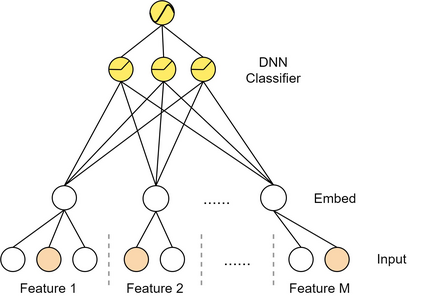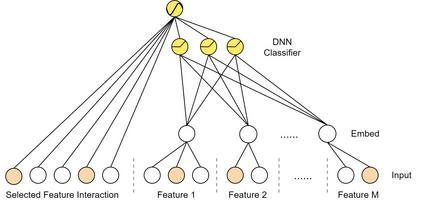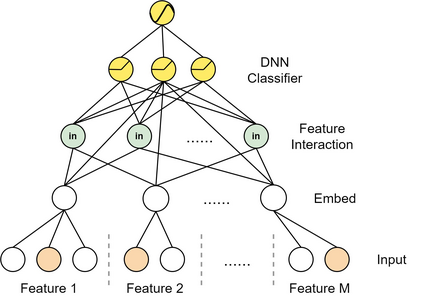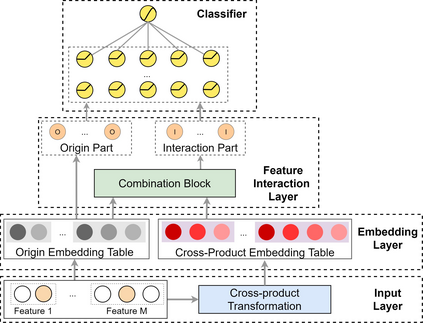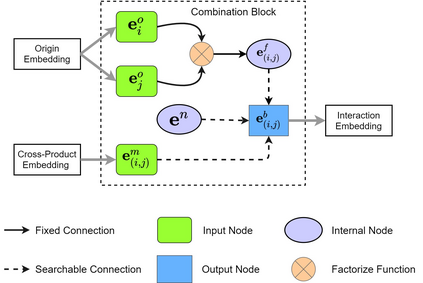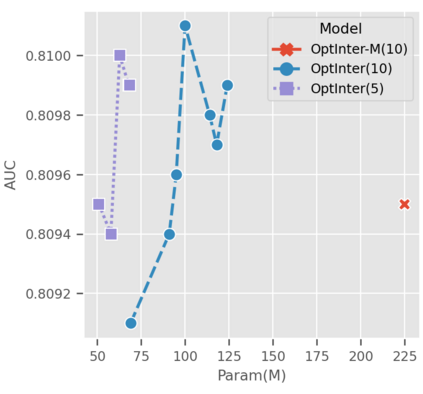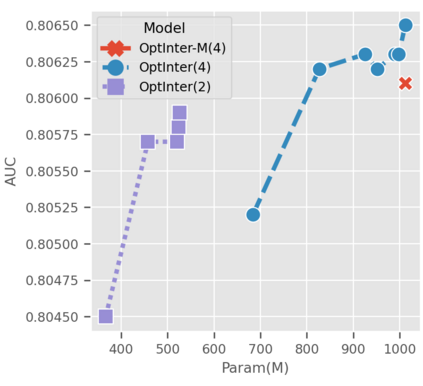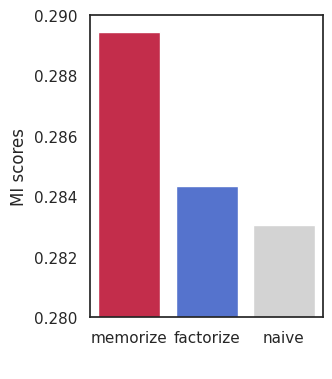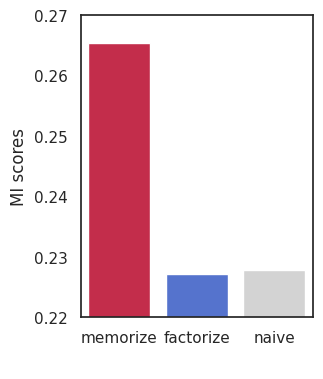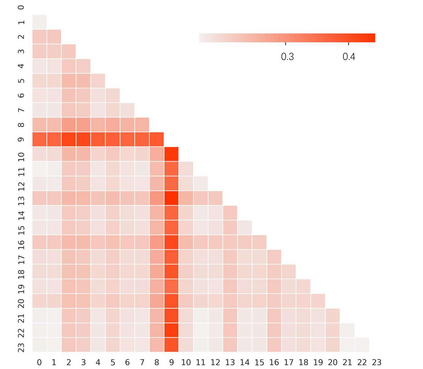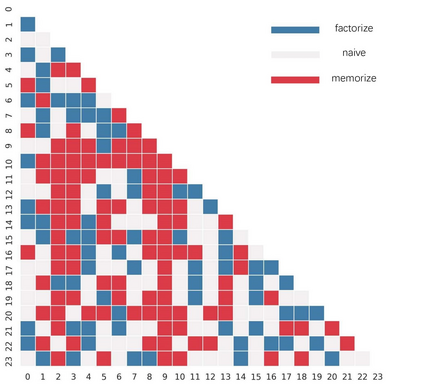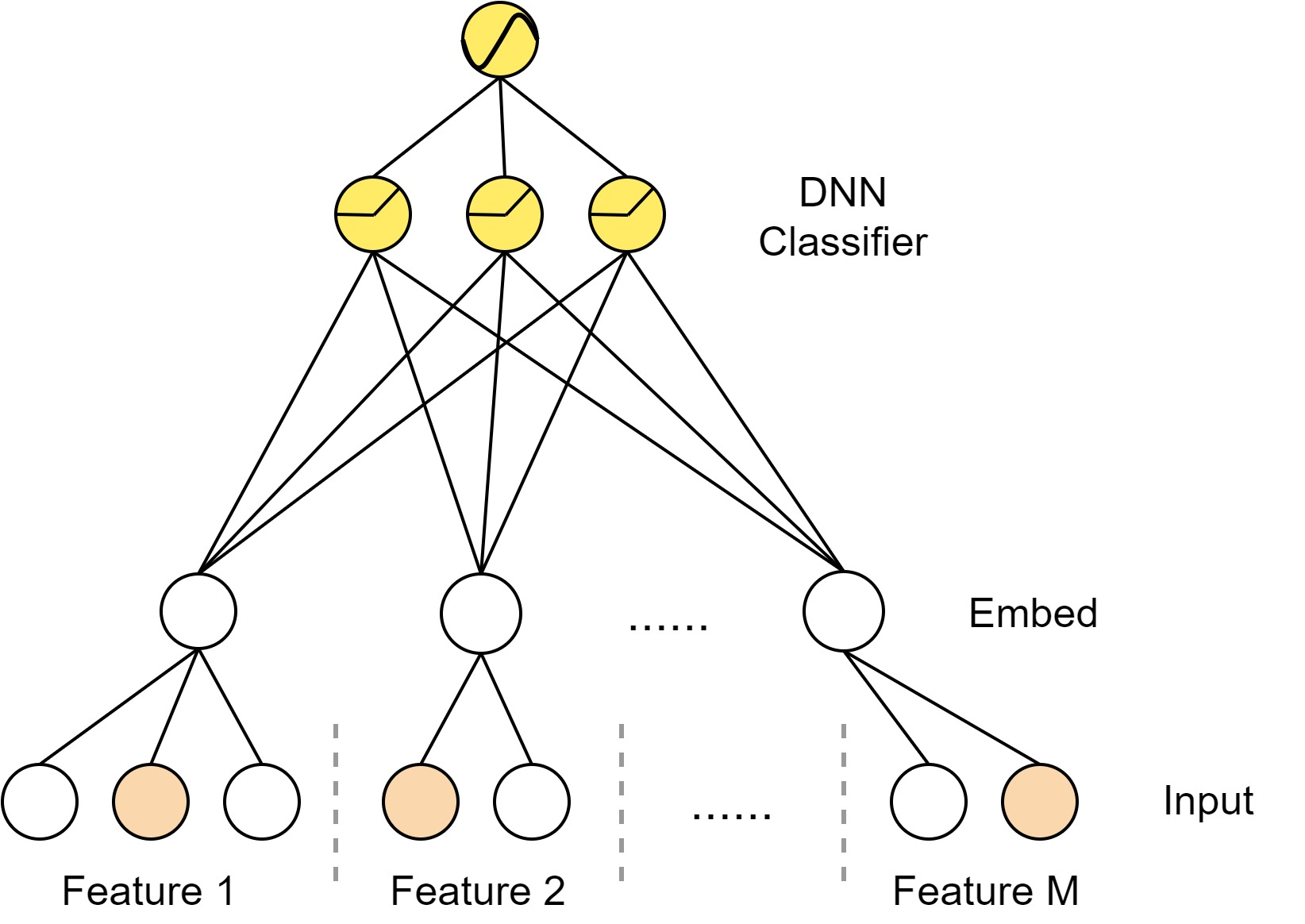Click-through rate prediction is one of the core tasks in commercial recommender systems. It aims to predict the probability of a user clicking a particular item given user and item features. As feature interactions bring in non-linearity, they are widely adopted to improve the performance of CTR prediction models. Therefore, effectively modelling feature interactions has attracted much attention in both the research and industry field. The current approaches can generally be categorized into three classes: (1) na\"ive methods, which do not model feature interactions and only use original features; (2) memorized methods, which memorize feature interactions by explicitly viewing them as new features and assigning trainable embeddings; (3) factorized methods, which learn latent vectors for original features and implicitly model feature interactions through factorization functions. Studies have shown that modelling feature interactions by one of these methods alone are suboptimal due to the unique characteristics of different feature interactions. To address this issue, we first propose a general framework called OptInter which finds the most suitable modelling method for each feature interaction. Different state-of-the-art deep CTR models can be viewed as instances of OptInter. To realize the functionality of OptInter, we also introduce a learning algorithm that automatically searches for the optimal modelling method. We conduct extensive experiments on four large datasets. Our experiments show that OptInter improves the best performed state-of-the-art baseline deep CTR models by up to 2.21%. Compared to the memorized method, which also outperforms baselines, we reduce up to 91% parameters. In addition, we conduct several ablation studies to investigate the influence of different components of OptInter. Finally, we provide interpretable discussions on the results of OptInter.
翻译:点击率预测是商业推荐人系统中的核心任务之一。 它旨在预测用户点击特定项目给用户和项目特性的概率。 由于特性互动带来非线性, 它们被广泛采用来改善 CTR 预测模型的性能。 因此, 有效的模型性互动在研究和行业领域都吸引了许多关注。 目前的方法一般可以分为三类:(1) na\ “ ” 方法, 它们并不模拟互动, 并且只使用原始特性; (2) momorizization 方法, 通过明确将参数视为新特性并指派可训练的嵌入器来将特征互动混为一模; (3) 参数性方法, 学习原始特性的潜在矢量矢量和隐含的模型特征互动, 从而通过乘数函数化功能来提高 CTR 的性能。 为了解决这个问题, 我们首先建议一个名为 Opt Inter 的总框架, 找到最适合每个特性互动的建模方法。 不同的状态和深层次的CTR 模型可以被看成 Optrot 。 我们还可以将一些Otrotal imal imal exal exactalal ex ex ex ex exalterIet.

